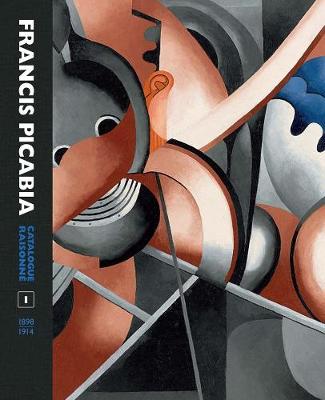Mercatorfonds (Yale)
3 total works
Francis Picabia Catalogue Raisonné
by William A Camfield, Arnauld Pierre, Candace Clements, and Beverley Calte
This publication is the first of four volumes in the catalogue raisonné of Francis Picabia (1879–1953), one of the most significant, challenging artists of the 20th century. The works in Volume I range from Picabia’s early pieces as an Impressionist in the 1890s to his Cubist and abstract paintings of 1912–14, which constitute landmarks in the history of modern art. This volume allows for new critical and scientific readings of his work and piques interest in his lesser-known pieces. Along with illustrations of each featured work, the book includes an introduction, chronology, bibliography, list of exhibitions, and indices.
Distributed for Mercatorfonds
Distributed for Mercatorfonds
Nicolas Schöffer
by Arnauld Pierre, Sebastien Delot, Pauline Mari, and Dominique Trudel
Distributed for Mercatorfonds
Exhibition Schedule:
Lille Métropole Museum of Modern, Contemporary and Outsider Art
(02/23/18–05/20/18)


